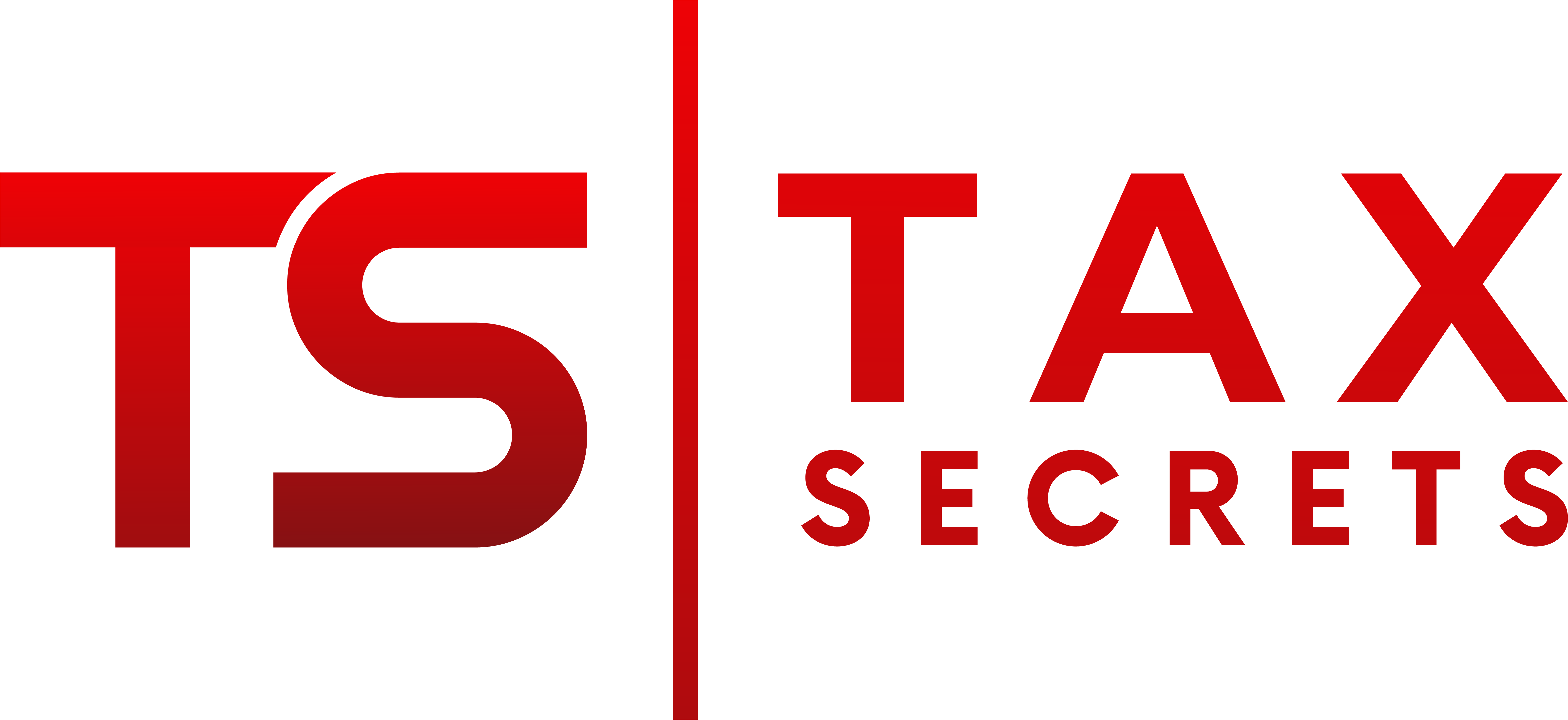Summer Employment for Your Child
Article Highlights
- Higher Standard Deduction
- IRA Options
- Self-Employed Parent
- Employing Your Child
- Tax Benefits
Summer is almost here, and your children may be looking for a summer job. The standard deduction for single individuals increased from $12,550 in 2021 to $12,950 in 2022, meaning your child can now make up to $12,950 from working without paying any income tax on their earnings.
In addition, they can contribute the lesser of $6,000 or their earned income to an IRA. If they contribute to a traditional IRA, they could earn up to $18,950 tax free, by combining the standard deduction and the maximum allowed deductible contribution to an IRA for 2022 of $6,000. However, looking forward to the future, a Roth IRA with its tax-free accumulation and distributions would be a better choice. But the contributions to a Roth IRA are not deductible.
Even if your child is reluctant to give up any of their hard-earned money from their summer or regular employment, if you have the financial resources, you could gift them the funds to make the IRA contribution, giving them a great start and hopefully a continuing incentive to save for retirement.
With vacation time just around the corner and employees heading out for their summer vacations, if you are self-employed, you might consider hiring your children to help out in your business. Financially, it makes more sense to keep the family employed rather than hiring strangers, provided, of course, that the family member is suitable for the job.
Rather than helping to support your children with your after-tax dollars, you can instead hire them in your business and pay them with tax-deductible dollars. Of course, the employment must be legitimate and the pay commensurate with the hours and the job worked. A reasonable salary paid to a child reduces the self-employment income and tax of the parents (business owners) by shifting income to the child.
Example: Let’s say you are in the 24% tax bracket and own an unincorporated business. You hire your child (who has no investment income) and pay the child $16,000 for the year. You reduce your income by $16,000, which saves you $3,840 of income tax (24% of $16,000), and your child has a taxable income of $3,050, $16,000 less the $12,950 standard deduction, on which the tax is $305 (10% of $3,050).
If the business is unincorporated and the wages are paid to a child under age 18, the pay will not be subject to FICA (Social Security and Medicare taxes) since employment for FICA tax purposes doesn’t include services performed by a child under the age of 18 while employed by a parent. Thus, the child will not be required to pay the employee’s share of the FICA taxes, and the business won’t have to pay its half either.
Example: Using the same information as the previous example, and assuming your business profits are $130,000, by paying your child $16,000, you not only reduce your self-employment income for income tax purposes, but you also reduce your self-employment tax (HI portion) by $429 (2.9% of $16,000 times the SE factor of 92.35%). But if your net profits for the year were less than the maximum SE income ($147,000 for 2022) that is subject to Social Security tax, then the savings would include the 12.4% Social Security portion in addition to the 2.9% HI portion.
A similar but more liberal exemption applies for FUTA, which exempts from federal unemployment tax the earnings paid to a child under age 21 while employed by his or her parent. The FICA and FUTA exemptions also apply if a child is employed by a partnership consisting solely of his or her parents. However, the exemptions do not apply to businesses that are incorporated or a partnership that includes non-parent partners. Even so, there’s no extra cost to your business if you’re paying a child for work that you would pay someone else to do anyway.
Retirement Plan Savings. Referring to our original example, if the child had a made a traditional IRA contribution of $6,000 the taxable income and the tax would zero. So, it might be appropriate to make a Roth IRA contribution instead, especially since the child has so many years before retirement and the future tax-free retirement benefits will far outweigh the current $305 savings. Of course, some children will not be thinking about retirement at their young age and may object to contributing to an IRA. If that is the case, perhaps you as the parent, or even the grandparents, can make a gift of the IRA contribution, which can grow to big bucks by the time the child reaches retirement age.
If you have questions related to your child’s employment or hiring your child in your business, please give this office a call.

